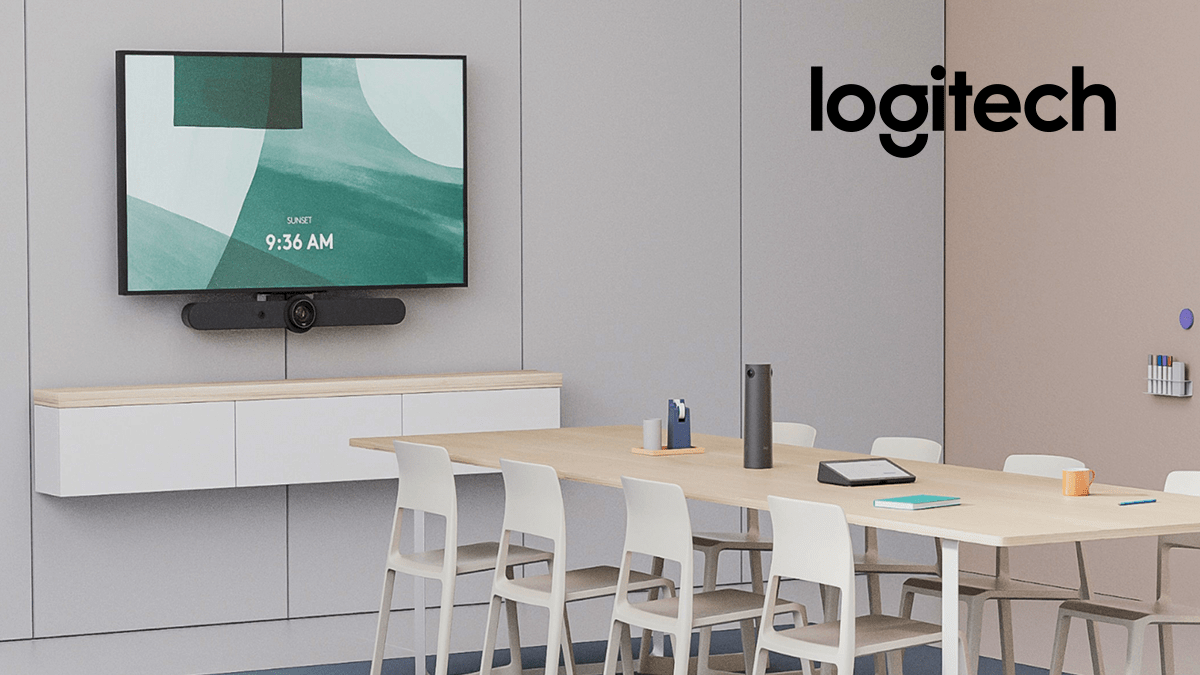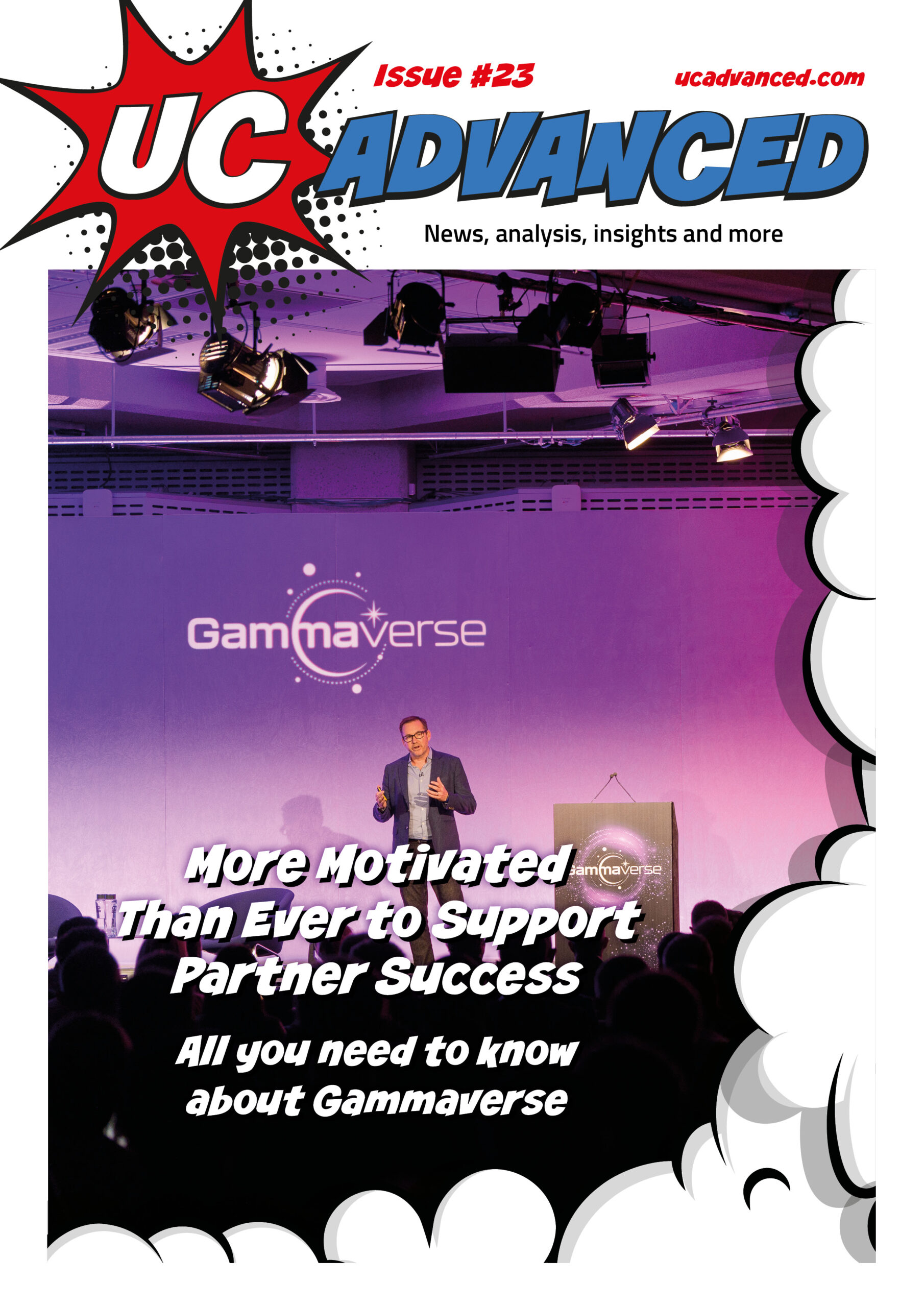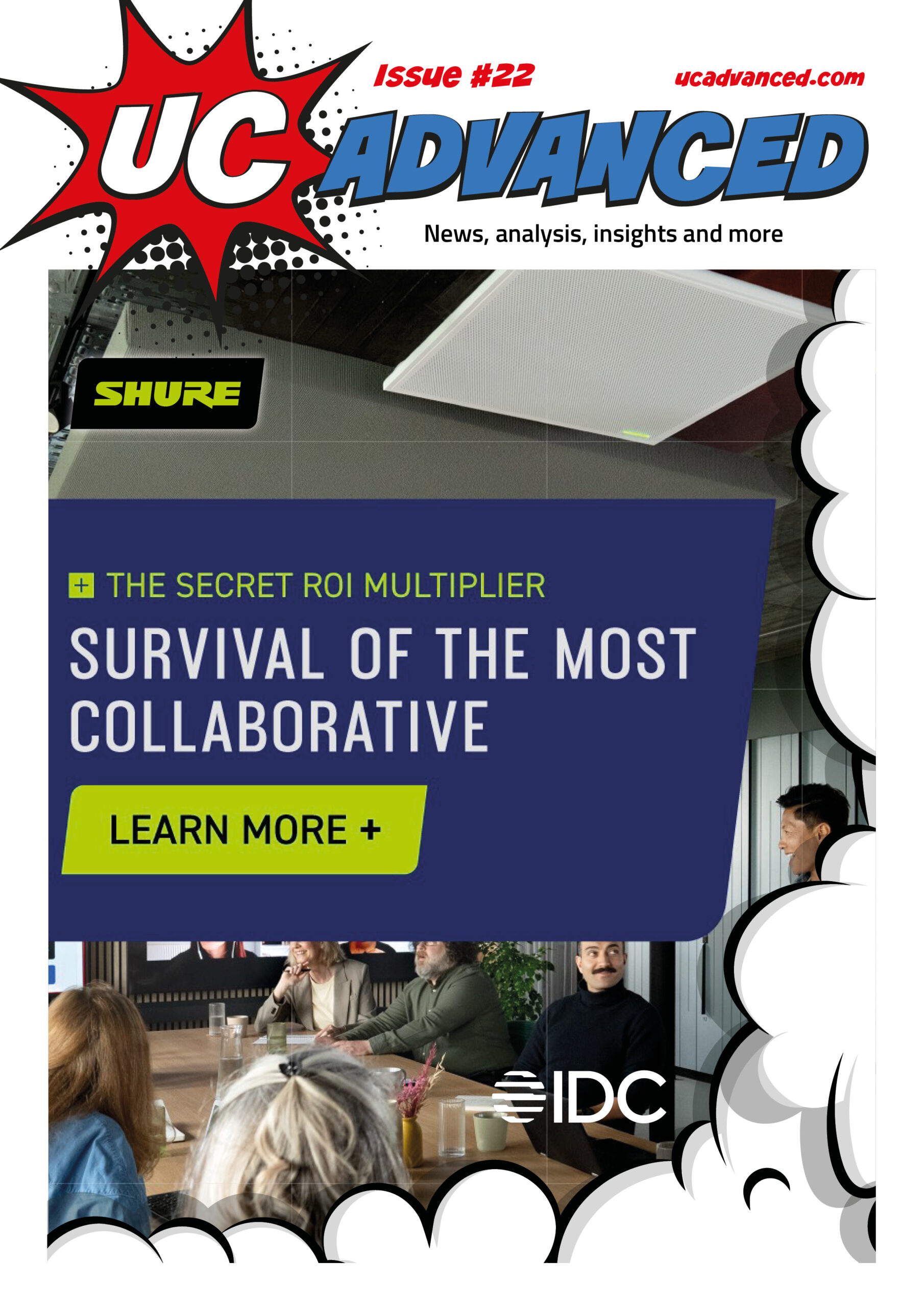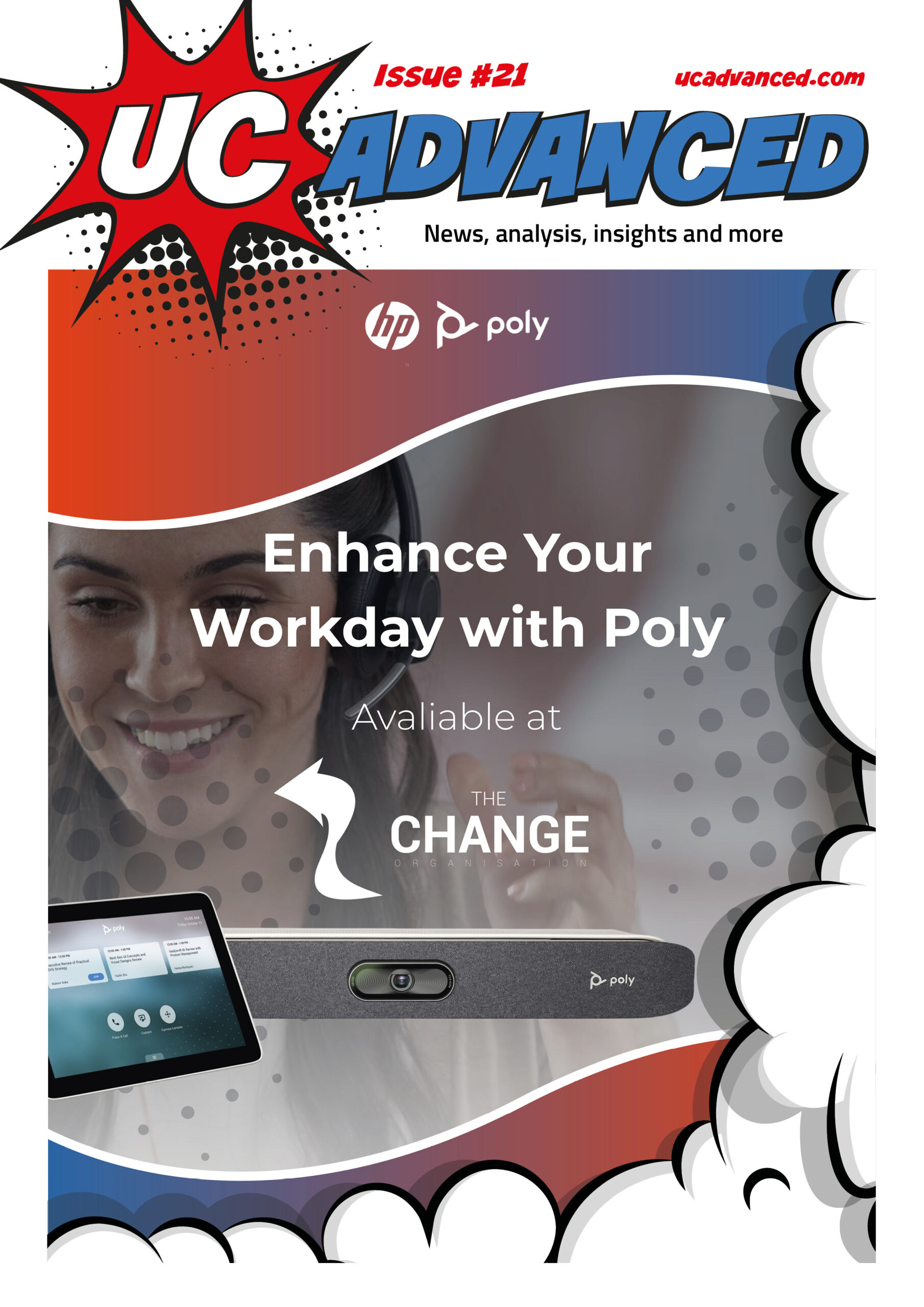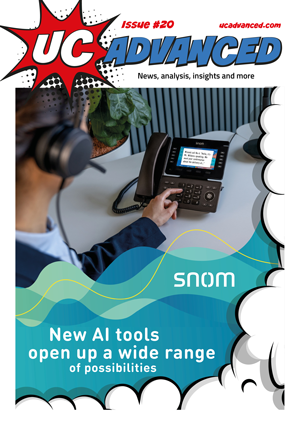It’s fair to say that Logitech is a household name. Whether you have a webcam, headset, mouse or keyboard, or even the universal remote, chances are you have some gear floating around in your house.
In fact, Logitech has been around since the 1980s, adapting to the USB, UCB-C, and Bluetooth revolutions along the way, to name a few.
With this adaptability, you may think that Logitech is primed to capitalise on the disruption that is gripping businesses across the world, as the same question is uttered in every organisation: “Are you coming into the office this week?”
This common interaction demonstrates the modern workplace. It’s now accepted that the vast majority of meetings will include a participant calling in from a remote location. With this acceptance comes the need for equipment, which is where Logitech fit nicely.
Founded in 1981 in Lausanne, Switzerland, Logitech has built a brand around design and innovation, hitting on a handful of industry firsts, including the infrared cordless mouse, thumb-operated trackball and laser mouse.
With these success stories comes a bit of a following. According to Logitech, the customer base, or as I ungraciously described them, nerds, is now bringing Logitech with them as they enter the workplace.
“I guess you’d imagine there is a journey from ‘nerd’ to a worker, but actually, we don’t think of it that way,” said James Campanini, Head of B2B at Logitech. I actually think the people buying our accessories are basically nerds. They love technology, the connection to the computer, and how they interact
with technology.
“Whether they’re doing that as a ‘nerd,’ as you called it, or as a worker, they’re actually the same person. It’s just what they are doing that happens to change.”
As we move past hurtful names, the underlying point stands. After 40 years, consumers are working as inside agents, buying the accessories that Logitech has built a brand on with their own money and bringing it into the workplace.
“I’ve never really come across this in the IT segment,” said Campanini. “Our consumers want our products to go on forever, and people are using the mice they had 20 years ago, but they seem to be using it to do different tasks.
“That might be just because they are used to the mouse, but when you look at the capabilities of these mice, like programmable buttons, they have real usages today.
“We offer consumers different features with different products, which is why we have so many. But those features are based on feedback so that we can convince our customers they need something different that works with them to evolve the way they work.”
Consumer vs business
With both professionals and enthusiasts using Logitech devices, some would say that it makes sense to distance the two sections of the company so that messaging doesn’t get confused.
However, the approach from Logitech is to target the user rather than the use case, with Campanini adding that mice, keyboards, and cameras don’t become obsolete when the clock hits 5.30pm.
“It’s interesting to work for a company that has a powerful consumer brand and the same quality of brand in the business space,” said Campanini. “Actually, it’s the same person using the device.
“They may see themselves as a creator past five o’clock, but during the day, these employees will be using exactly the same equipment in their jobs.
“I think it’s important when we look at our products, we understand that we’re not talking to a different person here; there may be two different banners, but the same person is using them; they’re just operating at a different time.”
Redefining Work
After nipping any potential confusion on the product side in the bud, Campanini began sizing up the entire business sector and the dreaded topic of office policy.
As with the conflict between consumer and enterprise customers, the Head of B2B pointed out that whether it’s remote, home, hybrid, or in the office, the common theme is that the employee is getting on with the job at hand.
“Businesses have to make the office a magnet for people to want to come and collaborate rather than mandate coming in three days a week because no one responds well to being told you must come to the office.
“I think the office has to be an attractive and useful place to collaborate, but employees also need the ability to work remotely. This is why I say I think hybrid work is probably gone. It’s just work, and you either work from home or a coffee shop or from the office, depending on how interactive you want to be.”
While we can brand it as just “work”, the fact remains that this is an ongoing power struggle between employers and employees as to where this work gets done.
There are obvious benefits to coming into the office, a key one being the building of relationships between colleagues that are very hard to do in a Teams meeting. Campanini described such interactions as “15-minute coffee meetings” before suggesting that it may be time for employers to ditch the incentives and for employees to realise the benefits of braving the commute.
“A 15-minute conversation isn’t easy when people are remote,” said Campanini. “I do think you need to sit down with a coffee and have a 15-minute meeting; that’s still going to be part of our working day because we’re humans, and we like to meet other humans.
“I think the idea that you have to buy lunch on a Thursday to get people in the office is an out-of-date concept. Businesses definitely needed to do these things to give that incentive and almost reward the commute, but I don’t think businesses need to do that anymore.
“Now businesses need to send a message to employees saying, we need to empower you, and employees should realise that those 15-minute coffee meetings are very hard to do remotely because it’s hard to replace face-to-face communication for every interaction.”



